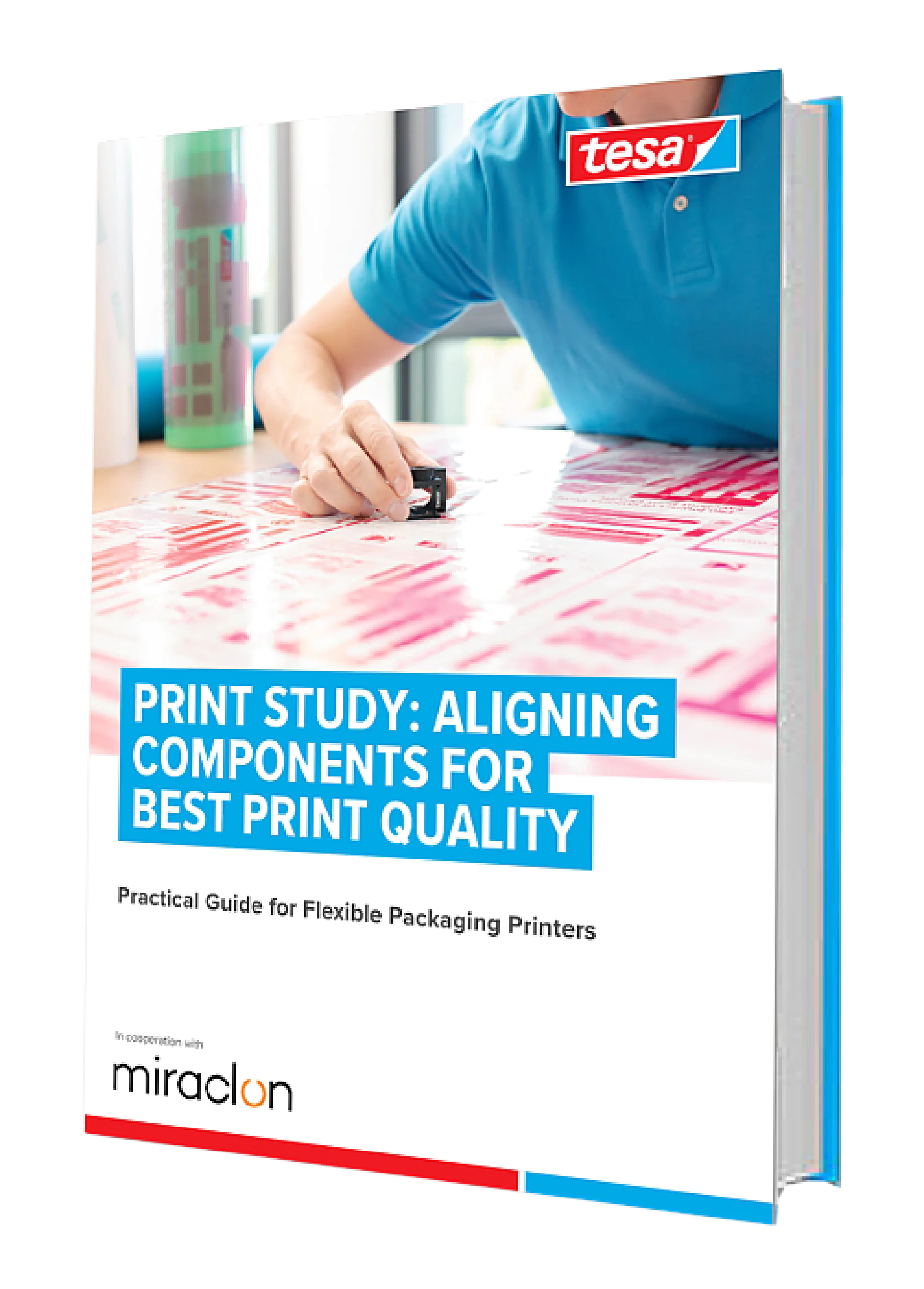Requirements are constantly increasing within the flexographic printing industry. Every day printers have to deal with higher demands on print quality, rising costs, and the pressure to produce in a more sustainable way.
In addition to the low degree of standardization in flexo printing processes, printers can choose from a wide range of different process components, such as printing plates, anilox, or plate mounting solutions. Which is a great opportunity if there is enough time for testing and finding the best set-up combination. When time is a critical factor, however, the choice of the perfect component combination can be a headache in busy everyday work.

